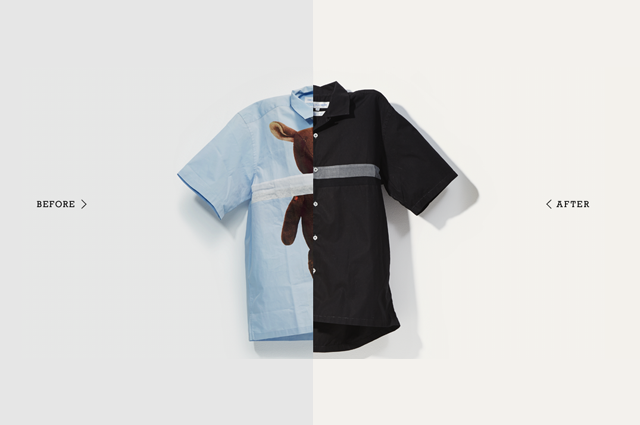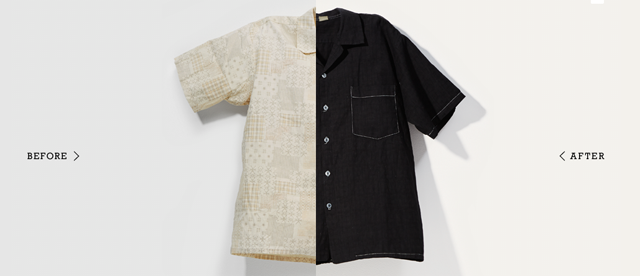You might not be able to afford a real kimono, but thanks to a new project from World Wide Fund for Nature Japan, you can get a taste of the craftsmanship that goes into traditional clothing and help conserve natural resources at the same time.
Japan is known as one of the world’s most fashionable countries, but as WWF Japan explains, the country does not have a strong track record for recycling clothes: as the new styles come in, the old clothes just get thrown out. And while there are many eco-friendly products on the market in Japan, from cars to home appliances, eco-friendly clothing can be very hard to find.
As it turned out, one solution for the problem—and the the inspiration for the project—was close at hand: the well-known black-and-white panda logo of the World Wide Fund for Nature Japan. The Panda Black Rewear Project 2013 follows on the ideas that basic black is always in style, and that one way to avoid throwing old clothes out is to simply turn them into new clothes. WWF Japan decided they decided to partner with Kyoto-Montsuki, a Kyoto-based dyeing company that has been dyeing montsuki, the formal kimono worn by men, for more than 100 years.
Kyoto-Montsuki will take orders at a cost to be dyed, and the company will make a donation to the WWF, depending on the total weight of the order. The dyeing process can cover stains or give a fresh appearance to old items, including bags, and the stitching of jeans and shirts shows up very strongly. If the clothes to be dyed are made from 100% natural fibers, such as cotton or linen, they will turn out jet black. Clothes made with a mixture of synthetic and natural fibers will be dyed to a lighter color.
For detailed information in English about ordering, please contact [email protected]
At their booth for Tokyo Designers Week 2013, WWF Japan displayed black-dyed clothes that were provided from a variety of Japanese celebrities. To see more before and after images from the dyeing process and learn more about the Panda Black project, visit http://www.wwf.or.jp/campaign/pandablack/











